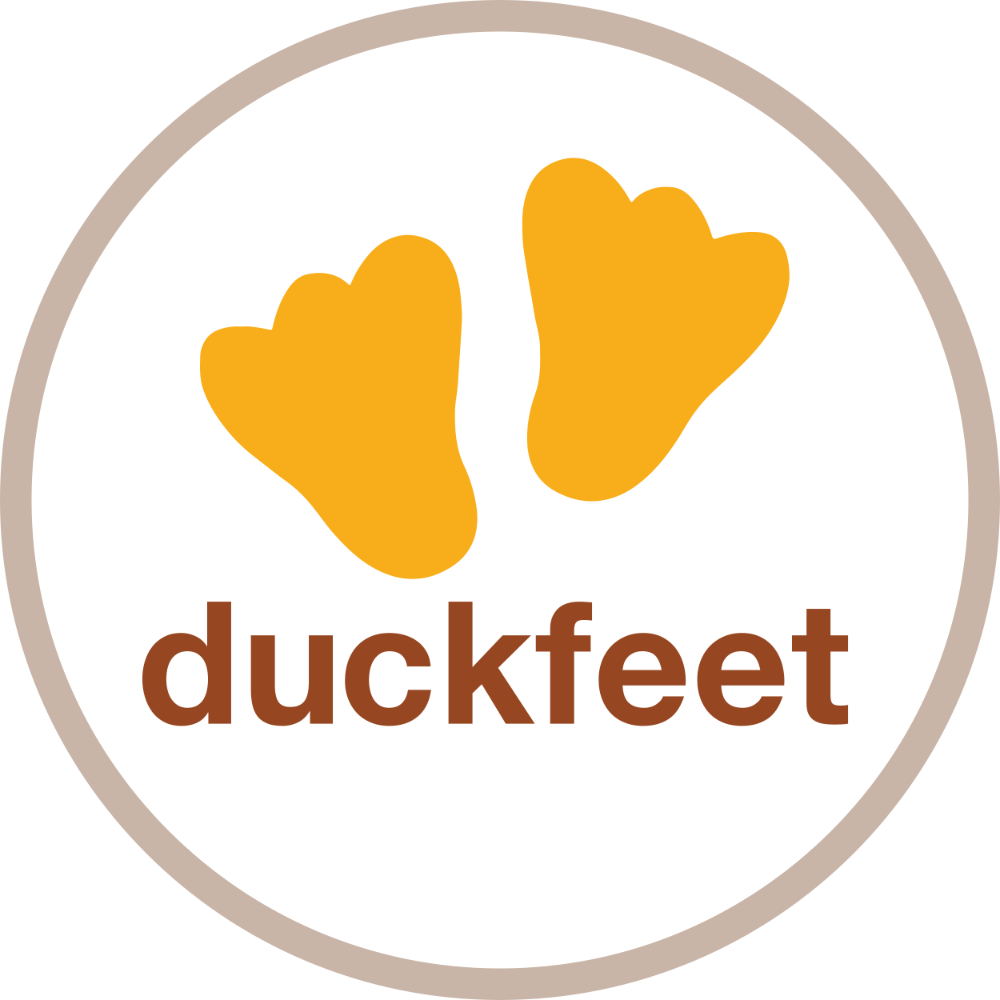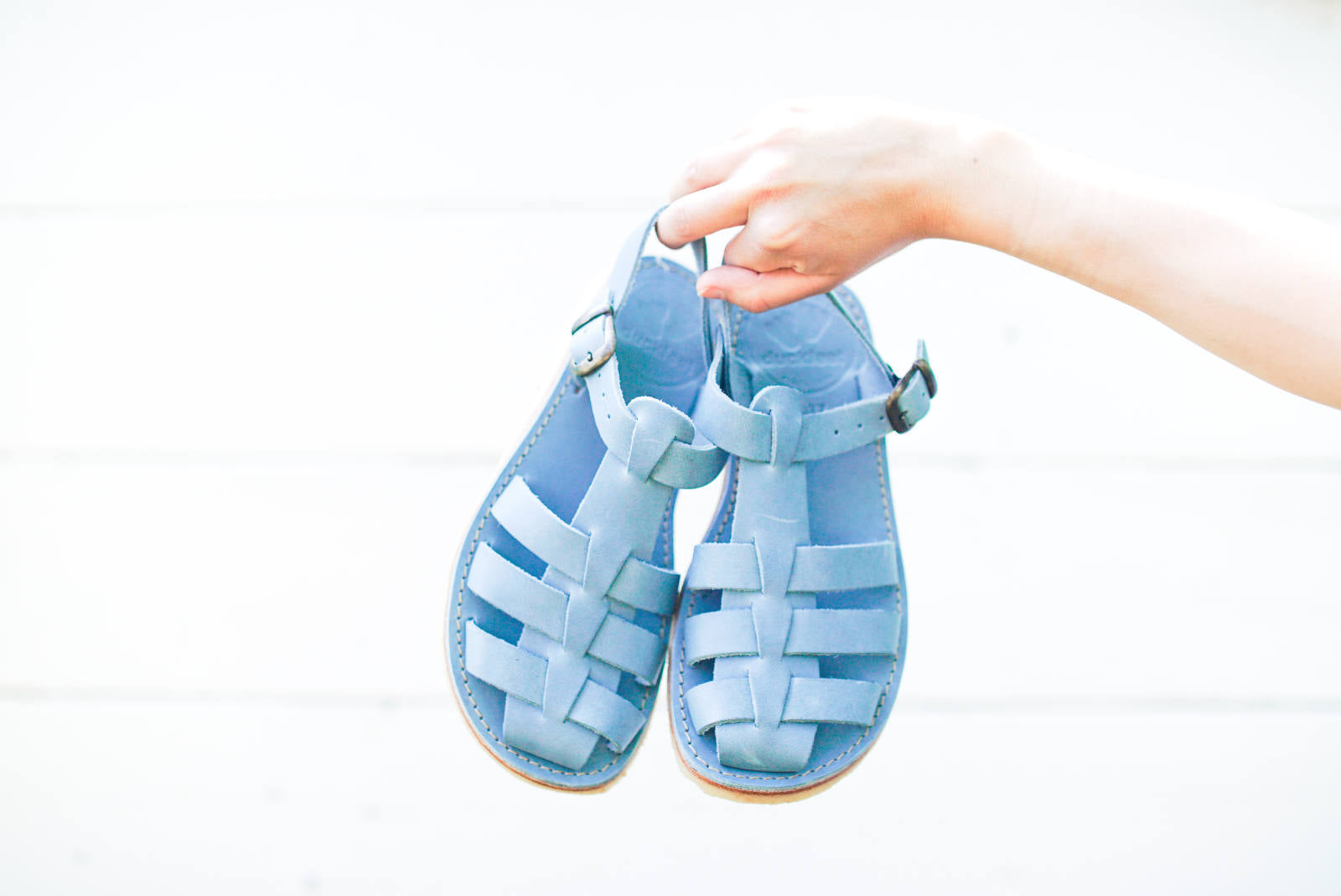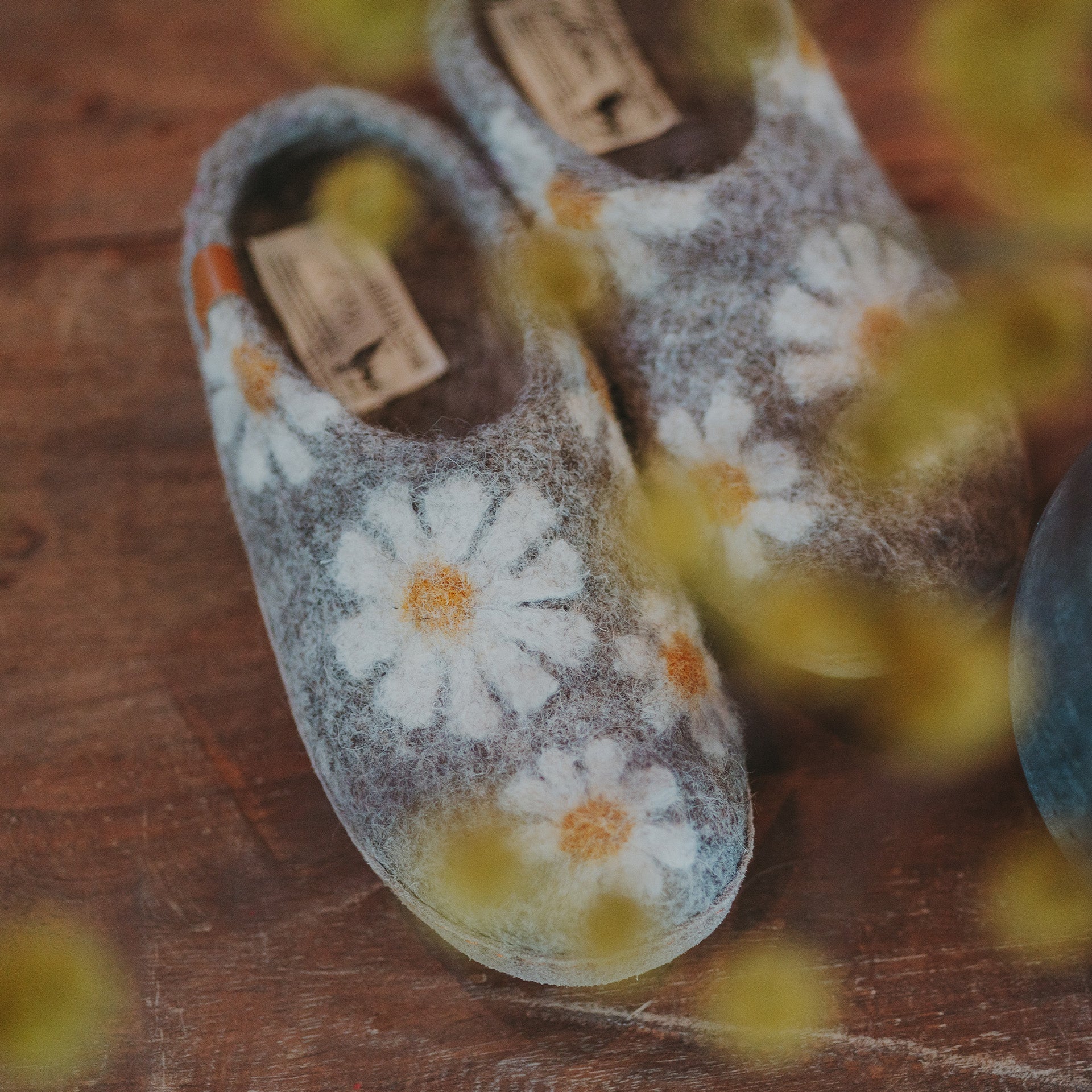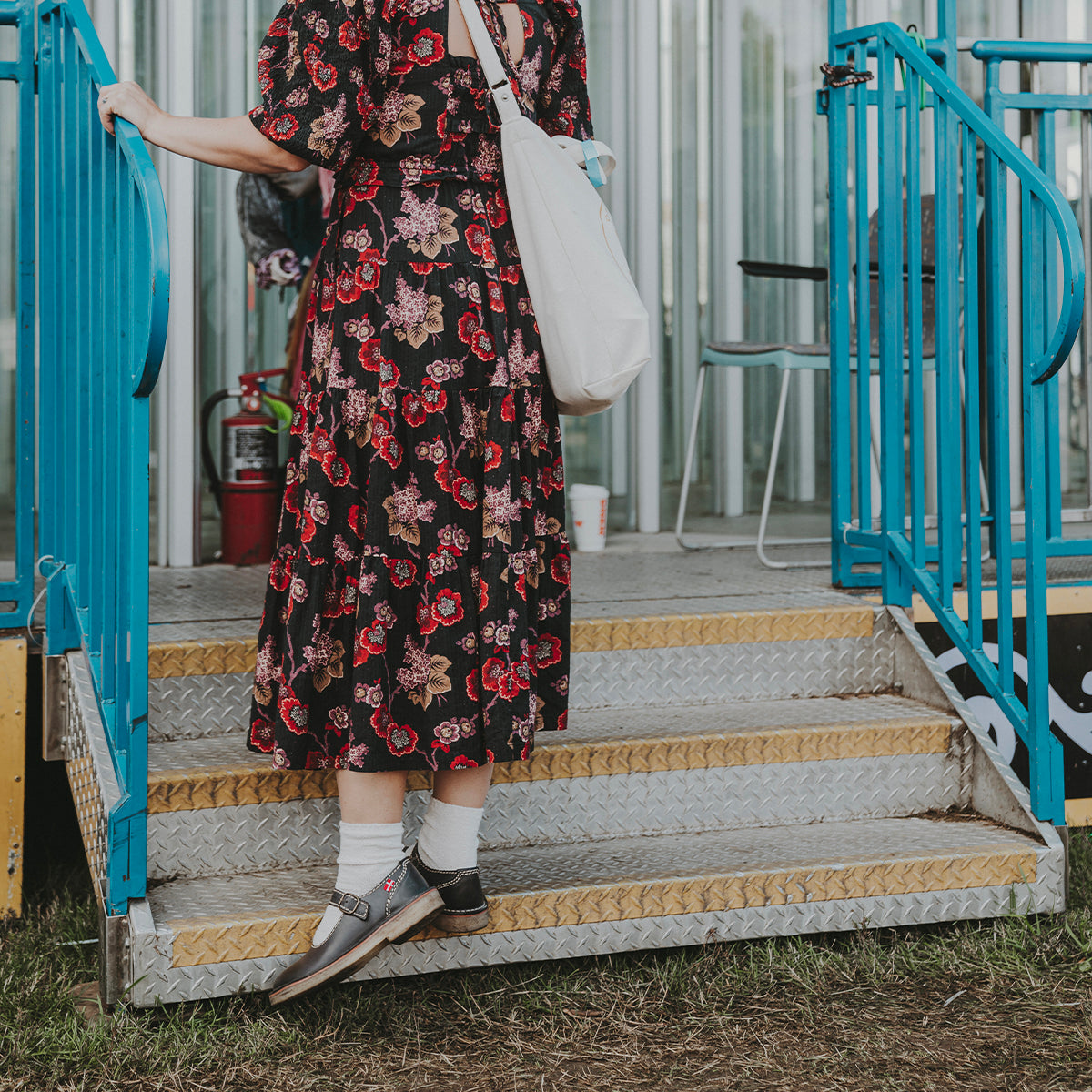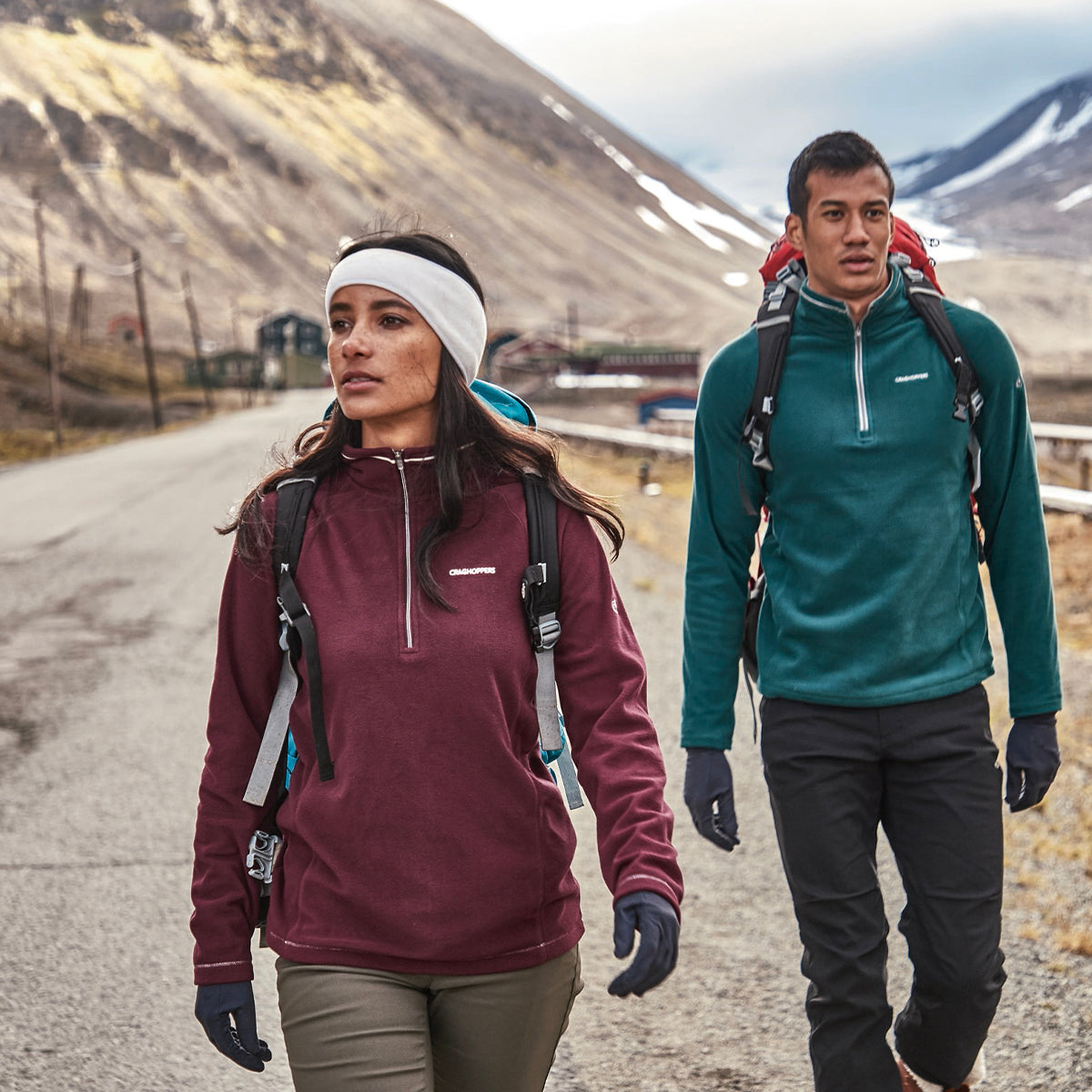Article: Duckfeet Production
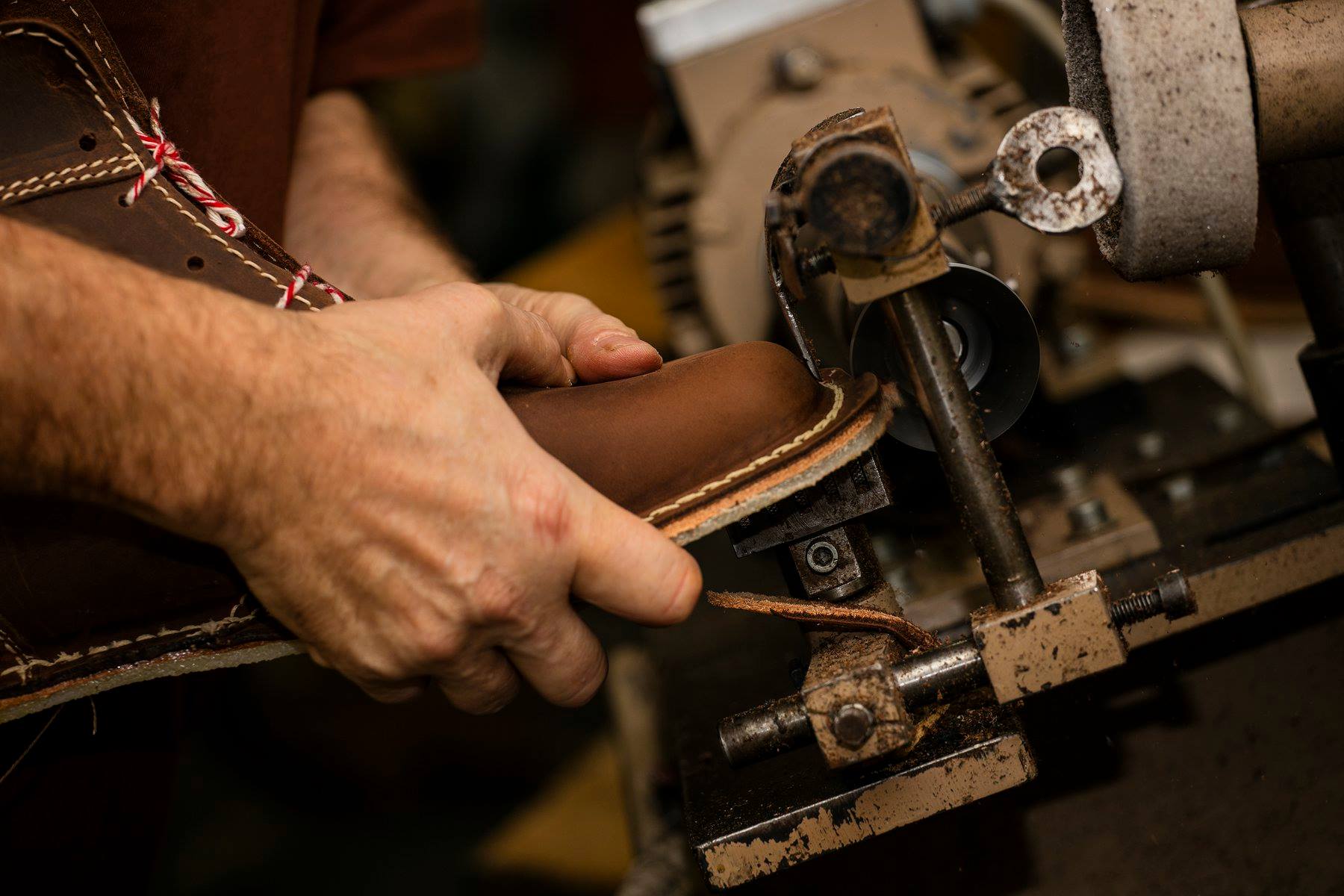
Duckfeet Production
Our Production Process
A behind-the-scenes look at Duckfeet
As consumers, we are now greatly aware of the conditions our clothes and shoes are produced in, and many of us actively seek out brands that are as transparent and ethical as possible.
We are constantly asked about the origin of our leather, where the shoes are made, and how ethical the production is on a whole.
We've put together this article to answer your questions, complete with two videos explaining the production of our leather, and showing the workshop where our shoes are made for you.


Leather
Duckfeet shoes are made from cow hide that comes from Germany and Holland. The hides are tanned at Heinen, a fourth-generation tannery in Germany.
The leather we use is terracare® leather, which is leather that has been sustainably and ethically created to abide by a set of social and environmental values. These values form the best standard of leather production available.
terracare® leather focuses on:
- Raw material
- By products
- Social responsibility
- Water
- Energy
The livestock are transported for no more than a 2 hour distance to become hides. Generically, the raw materials or hides are then covered in salt for preservation, but terracare® removed this process as the hides are transported only a short distance to the tannery, reducing risk of contamination, transport emissions and waste.
The by products refer to how much of the hides are used; across the world, 75% of hides are wasted and become by products, however terracare® uses nearly 100% of a hide and dramatically reduce waste.
Currently, 75% of the world's leather production occurs in undeveloped countries and in extremely poor working conditions. Heinen operate their family-run tannery in Wegberg, and ensure their staff are continually supported through above average wages, professional training and career development.
Water
Water is a huge aspect of tanning leather, and can have devastating effects on the local environment. On average, it takes 450 litres of water to produce a hide of tanned leather; terracare® use under 100 litres, and treat their used water so as to recycle it for further use.
Heinen use technology to then clean and desalinate their used water to return it to the local ecosystem, often cleaner than when they extracted it.
Through using technology, Heinen have reduced the amount of water used per square metre of leather, in some processes by 80%.
While tanneries use on average 40 KWh (kilowatt hours) of energy to produce just one square metre of leather, Heinen have tested and measured their production to use only a quarter of the average, coming in at 9 KWh.
This incredible standard of leather is used to make Duckfeet shoes. To promote longevity and reduce waste, we encourage resoling your pair after years of wear.
This means your shoes can continue to be worn after resoling, reducing your impact on the environment through reduced pollution.
Production
We're often asked where our shoes are made?
Duckfeet shoes have been made in the same factory in Poland for the last 20 years. This factory is the last remaining of what was a traditional Polish shoe making town.
As trade changed with globalization and manufacturing having moved off shore to cheaper factories, the town began to slow their production. Duckfeet shoes have continued to be produced here, because of the knowledge and skill of the craftsman stitching and cutting in the workshop.
From human hands to human feet, Duckfeet shoes are built up over the last, stitched, and boxed up in this workshop.
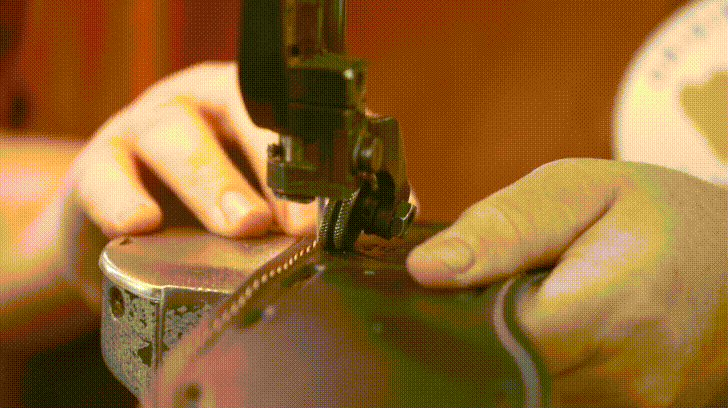
The staff are experienced and make Duckfeet shoes with full knowledge of how each component of the shoe works for our bodies.
The Duckfeet Australia team visited both Heinen Leather and our Polish workshop last year in September, and at both factories were able to experience the production process. The employees were genuinely interested in their work; they were exceptionally loyal, and felt valued by their work place and employers.
We are very proud of a product that has such a history of heritage, care, and value, both for the customers and craftsman.
This transparency is what makes our shoes valuable beyond their function; they are the a product of tradition, of innovation, and of people.
*article originally written by Duckfeet Australia. Some aspects may have been changed to apply to Duckfeet USA.
